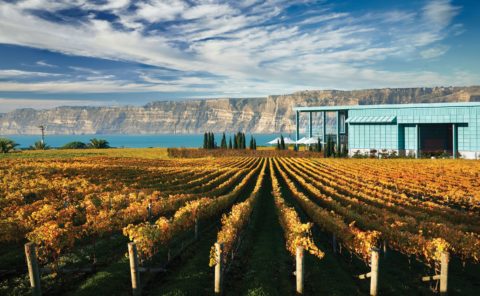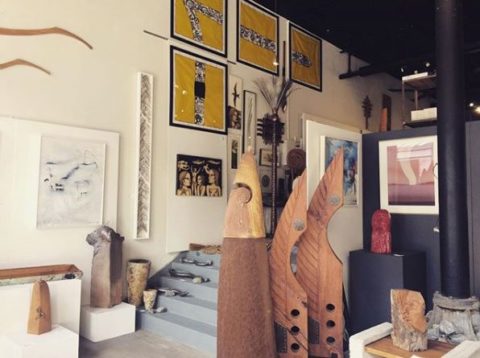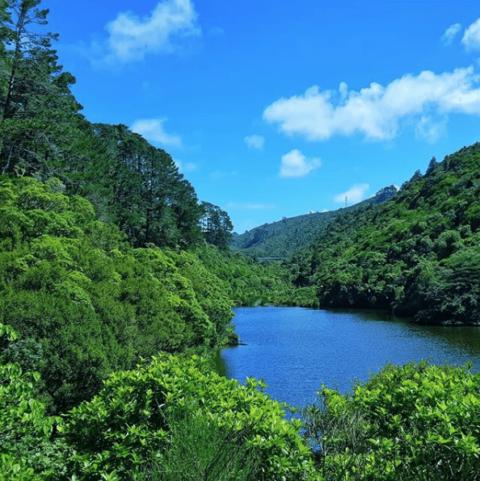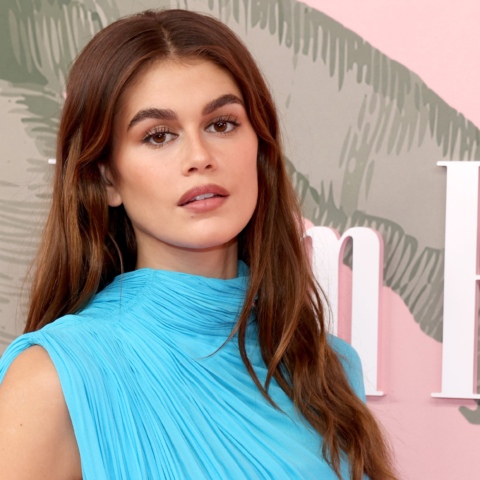How Traveling Alone Can Change Your Life
Worry less about what people think and listen more to your childhood self
“I’m retired, you know,” says my cab driver, Rick, as he navigates his way into the heart of Auckland—New Zealand’s largest city—after my 14-hour Air New Zealand flight from Vancouver. It’s 6 a.m. and still dark, but he’s quite plucky. “I drive because I love to talk with people,” he confesses before skimming over the highlight reel of his life: his former job with Paramount Pictures, getting “piss drunk” with Robin Williams, sitting next to Tom Cruise at the premiere of Top Gun. Rick is my first introduction to New Zealand, and I quickly learn that its people are friendly, offbeat and—seemingly without exception—wildly happy to be alive.
I need that dose of enthusiasm when I arrive on North Island, the smaller of the country’s two land masses located far off the southeast coast of Australia. It’s been more than a year since my engagement ended, and now, at what would have been my one-year wedding anniversary and on the cusp of my 30th birthday, I really need a lift. It’s my first solo journey ever, and, admittedly, I’m anxious about travelling without a partner in crime—but I envision this as a crazy adventure that will be filled with breathtaking views and daring feats to push me out of my comfort zone.
However, instead of just untamed forest, picturesque waterfalls (though, yes, they’re everywhere) and adrenalin-spiking thrills, I find a world of creativity that I never expected. Walking down Ponsonby Road and Mackelvie Street in Auckland, for example, I discover a seemingly endless parade of local fashion brands, like Lonely (a boho lingerie and clothing maker), Deadly Ponies (a line of handmade leather handbags) and Zambesi (an avant-garde design house for men and women)—evidence of New Zealand’s heightened creative spirit. With Paris about 18,500 kilometres away and more than 14,200 kilometres separating New Zealand from New York, the residents had to build their own fashion hub. So they did.
“It’s been more than a year since my engagement ended, and now, at what would have been my one-year wedding anniversary and on the cusp of my 30th birthday, I really need a lift.”
At the Weta Workshop in Wellington, skilled artists—and the awe-inspiring fruits of their labour—are plentiful. This is the studio that produced the conceptual designs for the film Mad Max: Fury Road and the physical effects for movies like The Lord of the Rings and Blade Runner 2049. While there, I see the alien assault rifle from District 9, a film for which the studio created about 500 designs for the tech alone; as a writer, I’m familiar with the editing process, so I cringe at how many hours must have gone into this. At a table inside, I watch a man sculpt a fantastical clay fish with a long tail floating in a gentle wave. He’s able to manipulate its movements with a bendable wire armature that he built at its core. It’s a personal project, he tells me—a little piece of art while he waits for the next big film project to come along. After being in a fog of sadness for so long, I find it a revelation to see how these people transform dreams into reality.
I also find that despite its low population of 4.7 million, the South Pacific country has produced an excess of passionate eccentrics. During a bike tour through the rolling hills of the Hawke’s Bay region, I meet a man named Morton Osborne. A clinical psychologist, he started his boutique winery, Akarangi Wines, in the ’80s and likes to preside over tastings in a relocated 19th-century church—preferably without wearing a shirt.
“I am left with this lingering sensation that I need to worry less about what people think and listen more to my childhood self, who dreamed big and believed she was capable of anything.”
Then there is Anthony Grant, a young-spirited 69-year-old lawyer who gives me a speed tour of his brand-new Matakana-based “sculptureum,” a word he coined to describe the sculpture garden meets museum that he curated with his wife. “One of my goals is to show people how they can make their environments more interesting,” he tells me. “You can make art out of ordinary things. You don’t have to be a very special person.”
After meeting Osborne and Grant, I am left with this lingering sensation that I need to worry less about what people think and listen more to my childhood self, who dreamed big and believed she was capable of anything. I wouldn’t say it’s a great epiphany or turning point. (This isn’t Eat Pray Love or Wild, after all.) However, I am struck by the fact that because I don’t have a travelling companion or a human buffer on this journey, I’m able to get a new glimpse of the world—one that’s filled with spirited people who inspire me to be a more weird and wonderful version of myself, whether there’s anyone to bear witness or not.












